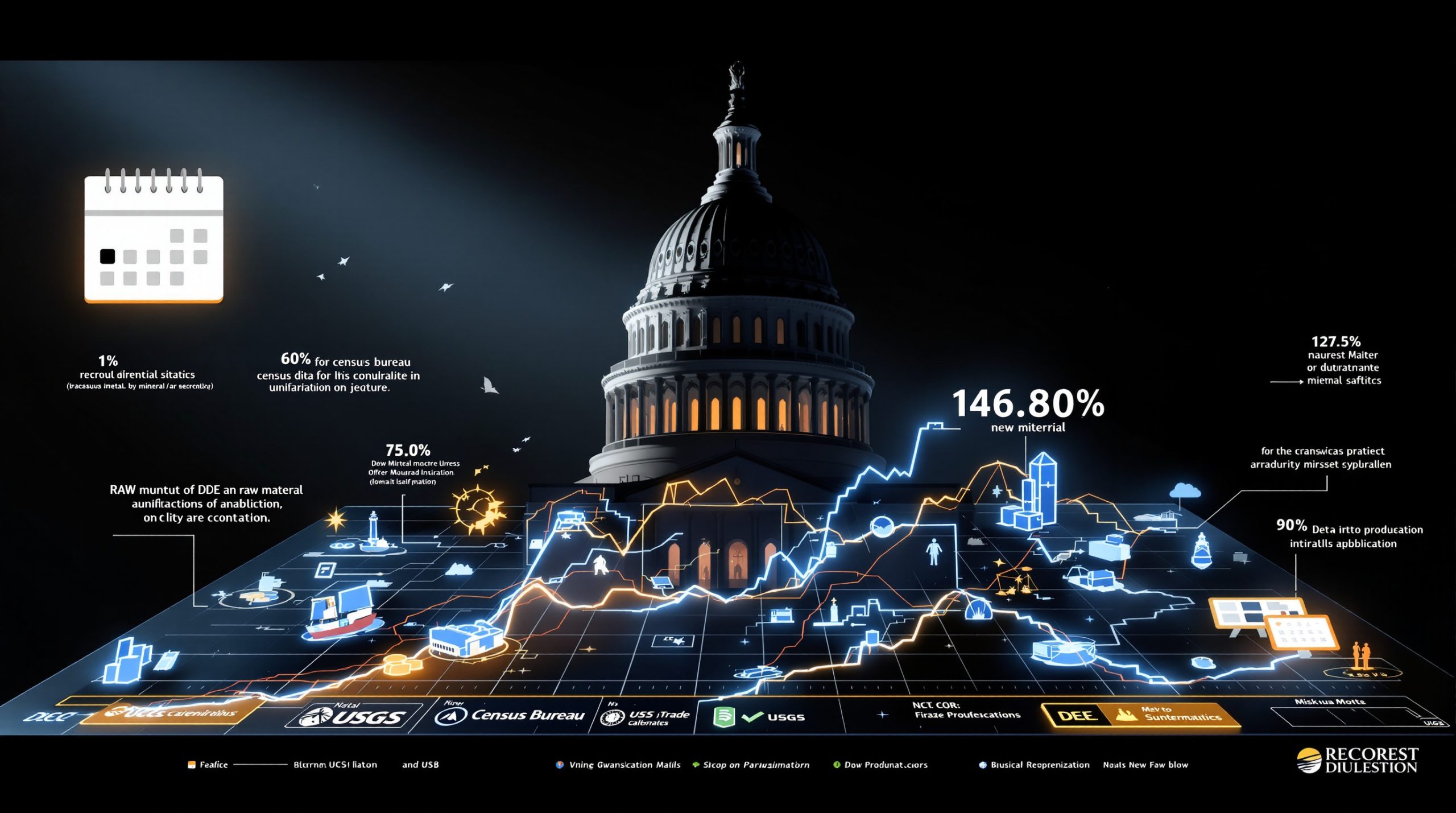The Shifting Status of the US Dollar as the World's Reserve Currency
The concept of the US dollar losing its status as the sole reserve currency represents a significant shift in the global financial landscape. Unlike previous historical transitions where one dominant currency simply replaced another (British pound to US dollar), today's financial evolution points toward a multipolar currency system where several currencies share reserve status simultaneously.
This transition doesn't mean the dollar will disappear from international finance, but rather that its overwhelming dominance may gradually diminish as other currencies gain prominence in specific regions or for particular types of transactions. According to Adrian Day of Adrian Day Asset Management, this represents a shift toward a world where "there's no reason why you can't have more than one reserve currency that different countries prefer or use."
How Has the Dollar's Reserve Status Changed in Recent Years?
Declining Share of Global Reserves
The dollar's share of global foreign exchange reserves has been gradually declining over the past two decades:
| Year | US Dollar Share of Global Reserves |
|---|---|
| 2000 | ~71% |
| 2010 | ~65% |
| 2020 | ~59% |
| 2025 | ~56% |
This steady erosion reflects a deliberate diversification strategy by central banks worldwide, who are reducing their reliance on any single currency to minimize risk exposure.
Emergence of Alternative Payment Systems
Several key developments have accelerated this trend:
-
The creation of China's Cross-Border Interbank Payment System (CIPS) as an alternative to SWIFT
-
The development of regional payment mechanisms like Russia's System for Transfer of Financial Messages (SPFS)
-
The increasing use of local currency settlement agreements between major trading partners
-
The exploration of central bank digital currencies (CBDCs) by over 100 countries
These systems don't necessarily replace the dollar but create pathways for transactions that bypass it entirely.
What's Driving This Shift Away from Dollar Dominance?
Geopolitical Realignment
The global financial architecture is increasingly reflecting broader geopolitical shifts. Key factors include:
-
Multipolar power distribution: The rise of China, India, and other emerging economies has created multiple centers of economic gravity
-
Strategic autonomy: Countries seeking to reduce vulnerability to US financial sanctions
-
Regional integration: Trading blocs developing financial infrastructure that prioritizes regional currencies
Economic Policy Concerns
Fundamental economic factors are also influencing central bank behavior:
-
US debt sustainability: Federal debt exceeding 130% of GDP raises concerns about long-term dollar stability
-
Monetary policy divergence: Different interest rate cycles between major economies create incentives for diversification
-
Fiscal uncertainty: Recurring debt ceiling confrontations and government funding challenges undermine confidence
As Adrian Day notes, "increased awareness that the dollar is losing its status as the sole reserve currency" alongside "people concerned about the US economic concerns" are driving this shift. Government shutdowns and fiscal challenges have "accentuated thoughts about the US fiscal issue," further undermining international confidence.
Technological Innovation
The digital revolution in finance is creating new possibilities:
-
Blockchain and distributed ledger technology: Enabling new forms of cross-border settlement
-
Central bank digital currencies: Potentially reshaping how international reserves function
-
Tokenization: Creating new asset classes that may serve reserve functions
How Are Central Banks Responding to This Transition?
Gold's Renaissance as a Reserve Asset
Central banks have dramatically increased their gold holdings as part of their diversification strategy:
| Year | Net Central Bank Gold Purchases |
|---|---|
| 2022 | 1,136 tonnes |
| 2023 | 1,037 tonnes |
| 2024 | ~850 tonnes (projected) |
This represents the most aggressive accumulation of gold reserves since the abandonment of the Bretton Woods system in 1971. According to financial experts, central bank buying represents "non-price sensitive" purchasing, explaining the "relentless move with really no pullback at all" in gold prices analysis.
Unlike retail investors, central banks don't time the market based on price – as Adrian Day illustrates, "the central bank of Poland doesn't say I think I'll buy some gold today because it looks like a good price." Their purchases are strategic, long-term positions reflecting a fundamental reassessment of reserve asset allocation.
Strategic Currency Diversification
Beyond gold, central banks are strategically adjusting their currency holdings:
-
Increased allocation to non-traditional reserve currencies: Including the Chinese yuan, Australian dollar, and Canadian dollar
-
Reduced dollar exposure: Particularly among emerging market central banks
-
Commodity-backed reserves: Growing interest in currencies of resource-rich nations
What Would a Multi-Reserve Currency World Look Like?
Regional Currency Zones
A likely outcome is the development of distinct currency zones where different currencies dominate:
-
Dollar zone: North America, parts of Latin America, and traditional US allies
-
Euro zone: Europe and closely associated economies
-
Yuan zone: Parts of Asia, Africa, and countries participating in the Belt and Road Initiative
-
Commodity currencies: Resource-rich regions developing their own financial ecosystems
Implications for Global Trade
The transition to a multi-reserve currency system would reshape international commerce:
-
Reduced currency mismatch risks: As more trade is conducted in local or regional currencies
-
Increased hedging costs: For businesses operating across multiple currency zones
-
More complex treasury management: For multinational corporations
How Would This Transition Impact Investment Markets?
Potential Market Effects
A gradual shift away from dollar dominance could influence various asset classes:
-
Bond markets: Potentially higher US Treasury yields as foreign demand diminishes
-
Equity valuations: Changing currency dynamics affecting multinational corporate earnings
-
Commodity pricing: Reduced dollar pricing power potentially leading to higher volatility
The Financial Times has even published headlines discussing gold reaching $5,000 if certain monetary policy shifts occur, indicating how mainstream financial institutions are beginning to factor currency regime changes into their forecasts.
Investment Strategy Considerations
Investors may need to adapt their approaches in several ways:
-
Currency diversification: Moving beyond traditional dollar-based portfolios
-
Hard asset allocation: Increased focus on gold, silver, and other tangible stores of value
-
Geographic diversification: Spreading investments across multiple currency zones
According to financial experts, major institutional investors are already adjusting their recommended allocations. Morgan Stanley has shifted from their traditional "60% stocks, 40% bonds" recommendation to "60% stocks, 20% gold, 20% bonds" – a dramatic change for such an established institution.
Leading investment firms that previously "pooh-poohed gold" are now tripping over themselves to make gold allocation recommendations. As one expert notes, "We're seeing things like that from more and more of the establishment firms… Bank of America… Morgan Stanley" making substantial gold allocation recommendations.
What Are the Implications for the US Economy?
Potential Economic Impacts
A reduction in the dollar's reserve status could have mixed effects:
-
Higher borrowing costs: As demand for US Treasuries potentially decreases
-
Manufacturing competitiveness: A potentially weaker dollar could boost US exports
-
Reduced "exorbitant privilege": The ability to run persistent deficits may diminish
Policy Considerations
US policymakers may need to adjust their approach to maintain economic stability:
-
Fiscal discipline: Greater pressure to address structural budget deficits
-
Monetary policy constraints: Potentially less freedom to pursue independent monetary policy
-
International coordination: Increased need for multilateral financial cooperation
The impact of tariffs investment impact and rising US–China trade tensions could further accelerate this transition, creating additional pressure on traditional dollar-based systems.
Is This Transition Inevitable or Can It Be Reversed?
Factors That Could Slow the Transition
Several developments could reinforce dollar dominance:
-
Renewed US fiscal discipline: Addressing long-term debt sustainability concerns
-
Economic outperformance: Continued US technological leadership and productivity growth
-
Geopolitical stabilization: Reduced tensions that currently drive de-dollarization efforts
Factors That Could Accelerate the Transition
Conversely, certain events might hasten the dollar's relative decline:
-
Debt crisis: A US fiscal emergency that undermines confidence
-
Financial sanctions overuse: Pushing more countries to develop dollar alternatives
-
Technological disruption: Breakthrough developments in digital currencies or payment systems
Financial experts emphasize this transition is "much closer to the beginning of this bull cycle than we are to the end" regarding precious metals as a response to currency concerns, suggesting ongoing developments in the global monetary system.
How Should Individuals Prepare for This Financial Evolution?
Personal Financial Planning
A changing reserve currency landscape suggests several prudent measures:
-
Asset diversification: Including exposure to multiple currencies and hard assets
-
Geographic investment spread: Allocating capital across different economic regions
-
Inflation hedging: Considering assets historically resilient during currency transitions
Understanding the relationship between gold & stock market cycles becomes increasingly important in this environment, as traditional correlations may shift during reserve currency transitions.
The changing landscape has already impacted investor behavior, though interestingly, data shows significant outflows from some gold investment vehicles despite rising prices. According to market analysis, the GDX gold miner ETF experienced "net outflows of $681 million" in a recent month and "$3.75 billion of net outflows year to date" from a "$12 billion fund."
This counterintuitive investor behavior suggests that mainstream investors are still not fully participating in the gold market response to currency shifts – potentially indicating a much longer runway for the current trend.
Knowledge Development
Understanding these complex transitions requires:
-
Financial literacy: Developing a deeper understanding of monetary systems
-
Global perspective: Following international financial developments beyond domestic news
-
Historical context: Studying previous reserve currency transitions for insights
FAQ: Common Questions About Dollar Reserve Status
Will the US dollar collapse?
A dramatic collapse is highly unlikely. Historical reserve currency transitions typically occur gradually over decades, not through sudden crashes. The dollar will likely remain a major global currency even if it shares reserve status with others.
Which currency could replace the dollar?
No single currency currently possesses all the necessary attributes to fully replace the dollar. The euro, yuan, and potentially digital currencies may each play larger roles in a more diversified system rather than a single replacement emerging.
How does this affect everyday Americans?
Most impacts would be indirect and gradual. Americans might eventually see higher borrowing costs, changes in import prices, and potentially different investment opportunities. The effects would likely unfold over years or decades rather than suddenly.
Is gold becoming a reserve currency again?
While gold is gaining importance in central bank reserves, it's unlikely to function as a true currency in the modern financial system. Instead, it serves as a complementary reserve asset alongside traditional currencies.
Disclaimer: This article contains forward-looking statements and analysis regarding currency markets, precious metals, and economic trends. These views should not be considered as financial advice. Consult with qualified financial professionals before making investment decisions based on information in this article.
For investors interested in adjusting their portfolio in response to these trends, financial experts advise measured entries into precious metals and related assets. As Adrian Day suggests, "If you're new to this sector, invest now" but "hold back 30-40%" for opportunities that may arise during market fluctuations.
Further Exploration
Readers interested in learning more about the evolving status of the US dollar as a reserve currency can also explore related educational content, such as Wall Street Bullion's YouTube video "The Dollar Losing Its Status as the Sole Reserve Currency". This video offers another perspective on the potential implications of changes to the global reserve currency system.
Want to Stay Ahead of the Next Major Mineral Discovery?
Discovery Alert's proprietary Discovery IQ model instantly notifies investors of significant ASX mineral discoveries, transforming complex data into actionable insights for both short and long-term investment strategies. Explore why historic discoveries generate substantial returns by visiting our dedicated discoveries page and begin your 30-day free trial today.




